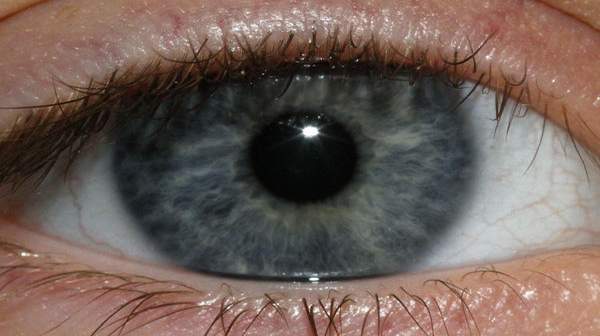What's in this article?
HIV and Your Eyes
About 2 of every 3 people with HIV or AIDS develop eye problems. Some are mild, while others are severe enough to cause blindness. Among the most common are infections, which can lead to bleeding in the retina (the tissue at the back of the eye that reflects light) and detachment of the retina.
How Does HIV/AIDS Affect the Eye?
Because HIV causes a breakdown of your body’s immune system, all areas of the body are susceptible to infection, including the eye. People with HIV who are otherwise in good health are not likely to experience eye problems related to a suppressed immune system.
AIDS and the Eye
Because HIV attacks the body’s immune system, eye infections are common in people with the virus. Incidence of eye infection is high in people with T-cell counts of less than 250. The following outlines a few of the more common conditions:
- Cotton wool spots is the most common eye problems resulting from AIDS. This condition does not affect vision, but does affect the retina – the inner layer of the eye that sends signals to the brain. AIDS can cause small amounts of bleeding and white spots on the retina.
- Cytomegalovirus (CMV), found in 20 – 30% of people with AIDS, causes a serious infection of the retina. Most CMV infections occur in people whose T-cell counts is dangerously low, usually under 40. CMV can harm vision permanently and as yet, there is no cure, just treatment with medication. An ophthalmologist should be contacted immediately if a person notices: floating spots, flashing lights, blind spots or blurred vision. CMV can also cause the retina to separate from the back of the eye. A detached retina will cause serious vision loss. The only method of attachment is surgery.
- Karposi’s sarcoma is a kind of tumour that normally appears as purple-red spots. On the eye, it looks like a spot on the white part of the eye or a bump on the eyelid. The tumour grows slowly, does not harm the eye and can be treated with radiation, laser surgery, freezing or operative surgery.
Other eye infections may occur whose symptoms are similar to those of CMV-floaters, flashes or blind spots. Only an ophthalmologist can make a diagnosis and prescribe treatment.
The HIV virus increases the incidence of eye infections. Therefore, regular eye examinations by an ophthalmologist are important. Early diagnosis of these conditions can prevent serious vision loss.
New approaches to the treatment of AIDS-related eye diseases are being developed. For example, implants for treating CMV retinitis can now be placed in the eye that allow medication to be released slowly. Patients will no longer have to make frequent visits to the ophthalmologist for treatment.
How to Diagnosed?
Your eye care provider will ask about your symptoms and medical history and do exams and tests such as:
- An exam using a microscope with a light attached, called a slit lamp, to look closely at the front and back of your eye
- An exam using drops to enlarge, or dilate, your pupils and a light to look into the back of your eyes
- An eye test in which a camera takes pictures of the blood vessels inside your eye after dye is injected into a vein in your arm.
- A visual field test, which uses spots of light to measure your central vision and how well you see things on all sides
What are the Symptoms?
Symptoms may include:
- Floating spots in your vision or loss of vision
- Problems with eye movement
- A bright red or purple growth near the corner of the eye
- Blurry vision, double vision, or changes in color vision
- Painful, red, or watery eyes
- Painful sensitivity to light
- Swollen eyelids or fluid-filled blisters on or inside your eyelids
How’s Treated?
Treatment for AIDS-related eye problems depends on the problem. Medicines can help treat infections. Tumors may be treated with radiation or surgery. If your retina has been damaged by bleeding and swelling inside the eye, you may need surgery or laser treatment to save your vision.





